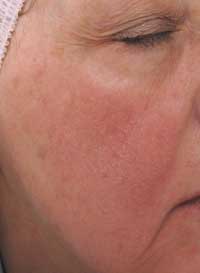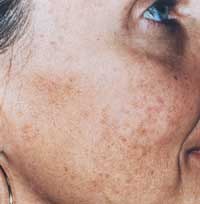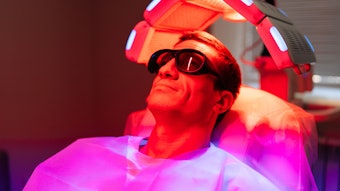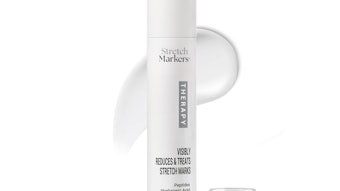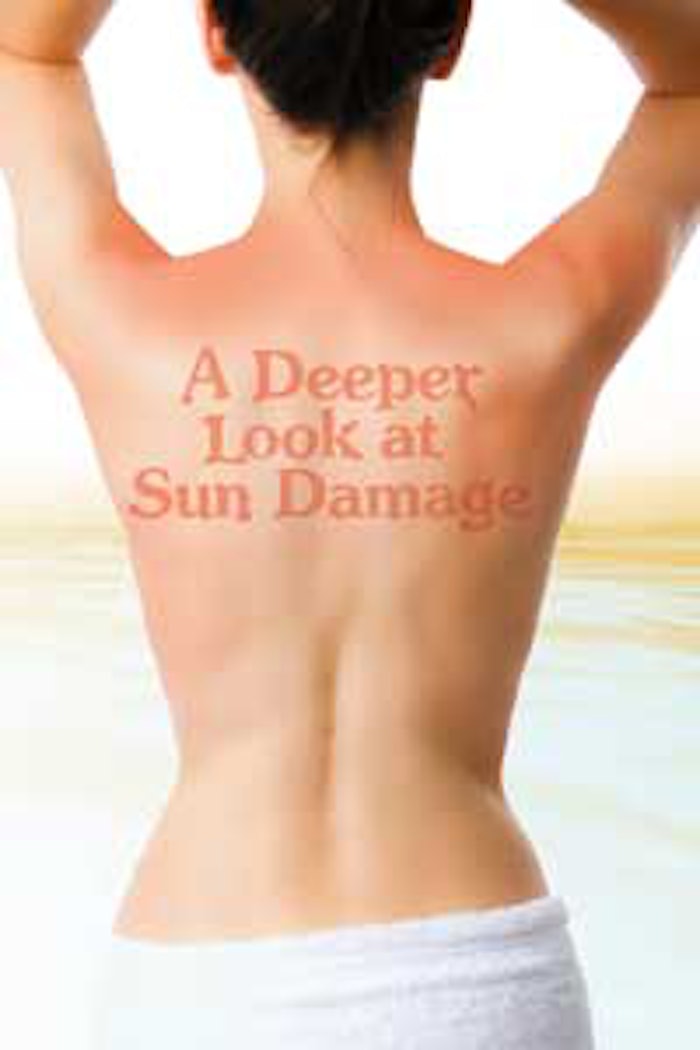
The one aspect of the esthetic industry that will never change is the fact that everyone’s skin ages. There will always be a need for the correction of the visible signs of aging and, although there are now numerous treatment options available, the first step in treating any skin concern is determining what is happening within the dermis and epidermis that is causing the symptoms. It is well known that ultraviolet (UV) rays from the sun are the No. 1 cause of visible aging, hence the popular term “sun damage.” By identifying the breakdown that occurs when the skin is exposed to the sun’s damaging rays and which ingredients can be used to limit or repair this breakdown, more deliberate treatment and product choices can be made.
Understanding sun-driven changes
External factors, such as sunlight, are responsible for many of the visible changes that take place in the skin. Although some minor alterations would occur regardless of a client’s amount of sun exposure, research indicates that up to 85% of visible aging is due to external factors.1 Client complaints regarding this damage are plentiful, and developing an understanding of how and when these changes take place will assist greatly in treatment. The following are among the most common presentations of cutaneous sun damage.
Deep wrinkling. This is not associated with the normal—or intrinsic—aging process; fine lines are normal, deep wrinkles are not. The sun’s UVA rays penetrate deeply into the dermis and cause the breakdown, disorganization and cross-linking of collagen. Cross-linking refers to what occurs when collagen fibers break down and fuse back together in a crisscross pattern. This process leads to reduced support and structure and, in the end, deep wrinkling. In addition, collagen and elastin breakdown is accelerated by an overproduction of matrix metalloproteinase (MMP) enzymes. Important MMP include collagenase and elastase, which break down collagen and elastin, respectively. Studies have found that MMP are increased within minutes of UV exposure, making any time spent outdoors potentially destructive to the skin.2
Coarsening. This refers to keratinization of the skin, or the abnormal buildup of keratinocytes. Coarsening is responsible for the dull, thickened and rough-textured appearance often seen in more mature clients. Many refer to coarsening as an orange peel or leatherlike appearance. UVA and UVB radiation can cause an overproduction of epidermal cells, and stratum corneum thickness can double as a result of repeated sun exposure. This obvious, rough-textured appearance only occurs in certain cases of sun damage.
Dehydration. This is common in nearly all cases of sun damage. Dehydration of the skin involves a lack of water moisture. Many incorrectly believe that sebum production decreases with age. In fact, the dryness that is common in clients with aging skin is due to a decrease in the skin’s natural moisturizing factor (NMF). A drop in NMF levels occurs naturally with age, but is worsened by environmental exposure. Even the smallest disruption in this hydrating group of substances can significantly decrease surface moisture levels, and slow the desquamation and cell turnover process. Additionally, hyaluronidase, which is another MMP responsible for the degradation of hyaluronic acid, increases in response to the inflammation caused by UV rays and free radical damage. Clients suffering from sun damage may experience a thickened, dry stratum corneum that appears flaky, dull and rough. This dryness can be exacerbated by improper cleansing and moisturization practices, or the regular use of inherently drying ingredients, such as alcohol or glycolic acid.
Hyperpigmentation. This is one of the most common concerns for mature clients. The melanogenesis, or pigment-producing process, generates melanin in response to inflammation, and UV exposure significantly increases inflammation levels throughout the epidermis and dermis. Sun-induced hyperpigmentation most often appears as random, sporadic freckling that may be more prevalent on the higher, more exposed areas of the face, such as the top of the forehead or the bridge of the nose.
The culprits
Overall, there are dive crucial changes responsible for accelerated visible aging:
- The degradation of collagen and elastin
- The overproduction of MMP enzymes
- A decrease in the skin’s NMF
- An overproduction of epidermal cells
- An increase in melanin production
The solutions
Now that you know what needs to be addressed, it is much simpler to choose effective ingredients for prevention and correction. See Ingredients That Address Sun Damage to help you identify ingredients that can help relieve your clients’ sun damage concerns.
In-spa treatments—particularly chemical peels and microdermabrasion—are highly recommended. The collagen-stimulating and exfoliating benefits associated with both types of procedures will significantly accelerate results. Research indicates that alpha hydroxy acids (AHAs), trichloroacetic acid (TCA), salicylic acid and others stimulate the production of collagen when applied to the skin.3 In addition, each acid either dissolves dead skin cells or dissolves the bonds that hold them together, which will decrease surface buildup, increase cell turnover and support NMF retention. Microdermabrasion has also been shown to stimulate collagen production, and the mechanical exfoliating properties will smooth textural changes, such as wrinkling, and encourage healthy cell turnover rates.4
Practice prevention
Although it is true that each person will continue to age, there are measures that can be taken to limit the severity of visible skin aging. Prevention is, of course, ideal, and clients of all ages should use a broad-spectrum sunscreen each morning. Antioxidants and matrix metalloproteinase inhibitors (MMPi) are also important preventive steps, and some sunscreens are even formulated with protective antioxidants and MMPi ingredients for convenience. Once the damage is done, it is not too late. Clients should use a combination of corrective ingredients that address multiple concerns simultaneously for the fastest possible results. In-spa procedures will also significantly accelerate outcomes. By truly understanding what it is that is being treated, spa professionals of all experience levels can achieve consistent results with all of their clients, resulting in repeat business and retail sales.
REFERENCES
1. J Herschthal and J Kaufman, Cutaneous aging: a review of the process and topical therapies, Expert Review of Dermatology 2 753–761 (2007)
2. GJ Fisher, ZQ Wang and SC Datta, et al, Molecular basis of sun-induced premature skin ageing and retinoid antagonism, Nature 379 335–339 (1996)
3. MA Shiffman, SJ Mirrafati and SM Lam et al, Simplified Facial Rejuvenation, Springer-Verlag Berlin Heidelberg, New York (2007)
4. BM Freedman, E Rueda-Pedraza and SP Waddell, The epidermal and dermal changes associated with microdermabrasion, Dermatol Surg 27 1031–1034 (2001)
Jennifer Wild, DO, is board-certified in family practice, and since 2004 has pursued an active interest in esthetics and skin care, including dermal injections, lasers, professional skin care treatments and products. Her vast knowledge in both the medical and esthetic industries has allowed her to excel within the industry as an advanced educator for PCA Skin.
